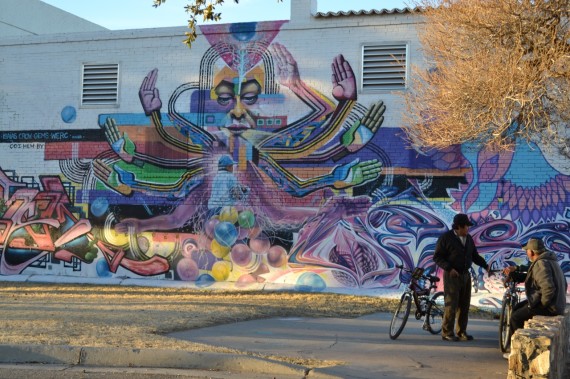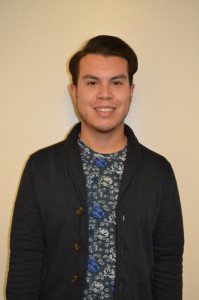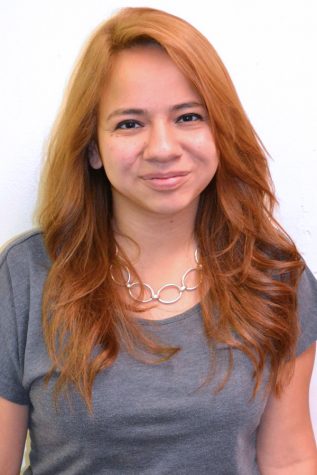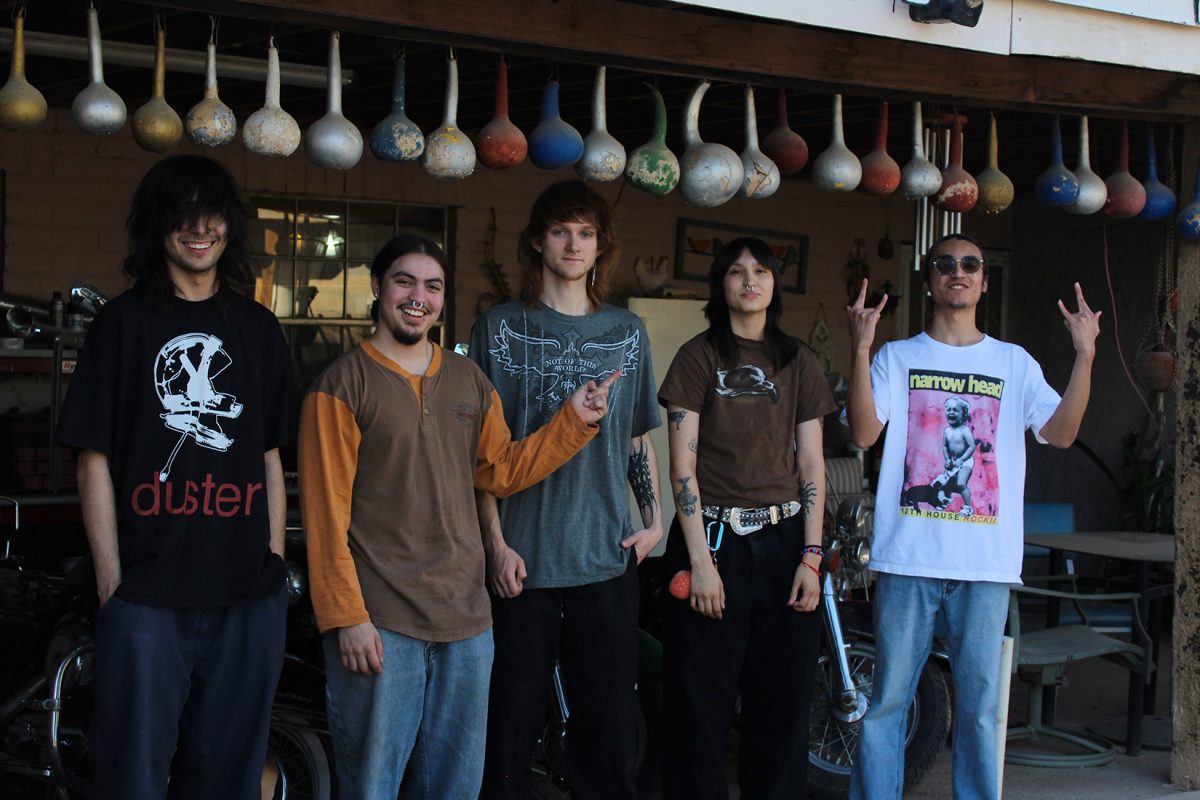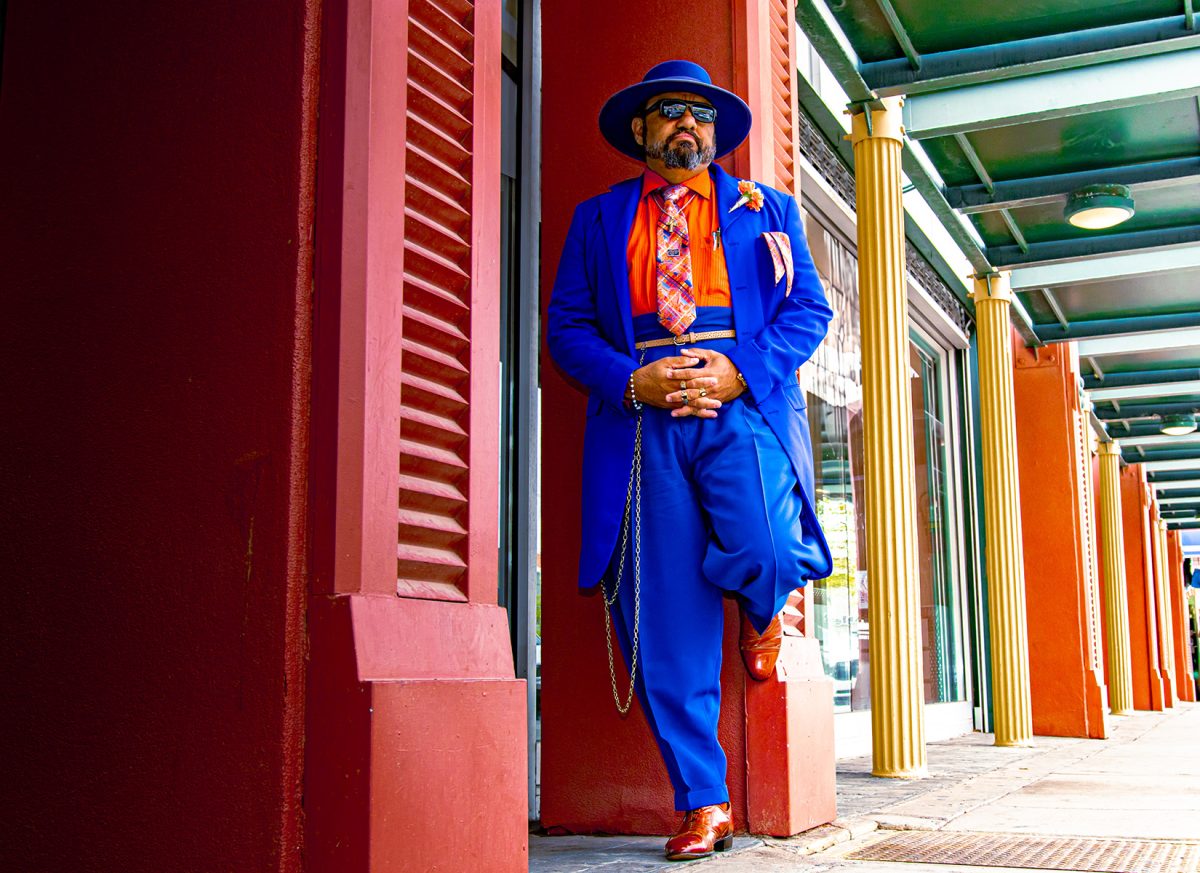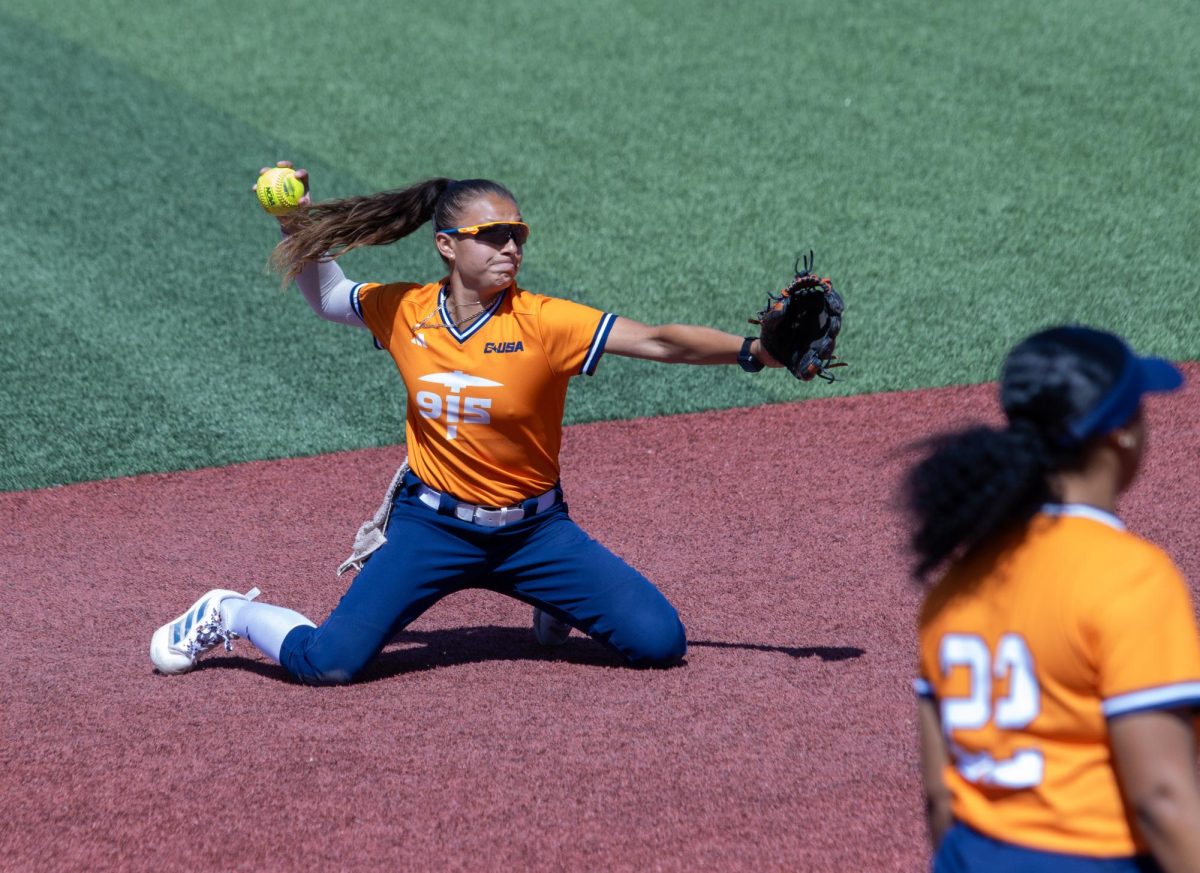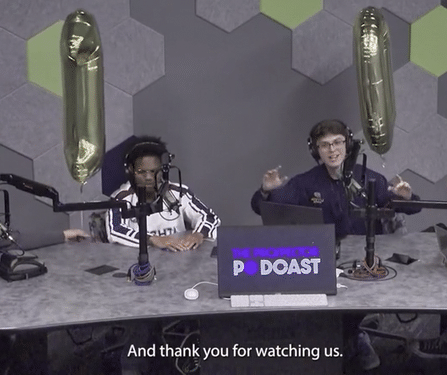The Emmy award winning PBS-show “One Square Mile” chose the southern region of El Paso as their focal area for their highly acclaimed documentary series, focusing on the different aspects of the Segundo Barrio to highlight the often forgotten about section of El Paso.
“One Square Mile: Segundo Barrio” aired Jan. 16 on KCOS-TV as part of a televised documentary series known as “One Square Mile: Texas-A Microcosm Of Texas Life and Culture,” which showcases different square miles of Texas.
Film makers Carl and Elisabeth Crum funded the documentary and are originally from Austin. They broadened their concept to incorporate their home state, helping to portray different cultures and idioms of nine square miles throughout the Lone Star State.
The episode is extremely brief—falling short of capturing many other areas within the Segundo Barrio community. It aims to educate the viewer on this Texas gem at rapid speed.
“One Square Mile” starts off by introducing the vast Catholicism that blankets Segundo Barrio and most of the city. Father Ron Gonzalez is a priest at Sacred Heart Catholic Church, which serves the community. Gonzalez delivers one of the most compelling lines of the documentary, describing the community as “poor economically, yet rich spiritually,” and that is the message that we get from the 27-minute documentary.
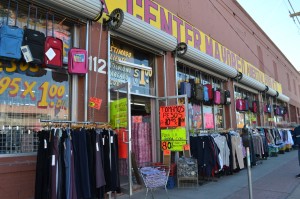
The people of Segundo Barrio, like Father Gonzalez or Jesus “Cemi” Alvarado, who is a local muralist, are very enthralled in the spirit of their small community, giving back to it and receiving from it as well. The documentary does a very good job at conveying how this small-knit community works and thrives within itself. It focuses on the cultural richness of its existence rather than what most other El Pasoans do—focus on the highly spread negative connotation that the “barrio” is the center of crime because of its proximity to our neighboring city, Juárez.
Officer Jauregui, a border patrol agent, whose first name is not revealed, works the Sante Fe port of entry. He offers a unique input and tells the personal story of how he was born in Juárez—much like many of the Mexican pedestrians who cross into the United States through his workplace—and migrated here when he was a small child. Jauregui learned English as a child by “watching Sesame Street,” he ate rolled up corn tortillas with sprinkled salt while crossing the same bridge he now works at and eventually he made a better living for himself.
In the background during this particular segment, you can see a substantial line of pedestrians waiting to enter the country, either to work or attend school.
Another segment focuses on The Border Farmworkers Center, which is located in Segundo Barrio as well. It highlights the struggles met by farmworkers who come into the country every day to perform daunting labor.
The “invisible force,” as they are dubbed in the documentary, enter the field while the rest of the work force is sound asleep and leave while most are having dinner with their families. They tend to go through the motions of everyday life at the center: bathing, changing, eating and resting.
These two prolific segments display the spirit of Segundo Barrio. The thriving, working force that continues to augment within the community is done justice in this documentary.
What the piece is lacking, however, is a noticeable Mexican stance.
The background music isn’t particularly effective at portraying the heavy Mexican influence that spreads through Segundo Barrio, nor do they showcase the myriad of Mexican themed shops or “mercados” that populate most of the area.
Very minimal Spanish is spoken throughout the documentary, which is understandable since it is filmed for an English speaking audience, but perhaps a conversation between two people out in the streets could have helped the film grasp the lifestyle of its residents.
Luckily, the film does do justice to its intention—to profile a unique and one-of-a-kind neighborhood found in Texas that otherwise might go unnoticed by those who don’t reside in El Paso.
From opening up the film with imagery of Catholicism and ending it with a behind-the-scenes look at the famous Bowie Bakery, “One Square Mile-Texas: Segundo Barrio” did well in choosing to document these streets. The creators are adequately portraying it for what it is: a society working to better itself and a communal breed of Mexican-Americans that give the streets spirit and heart.
Jose Soto may be reached at [email protected].



